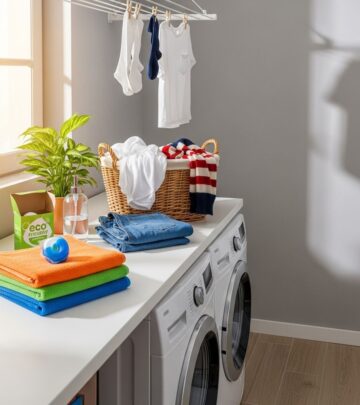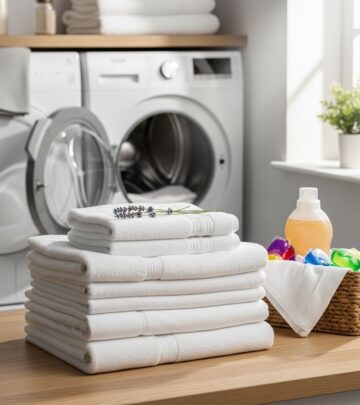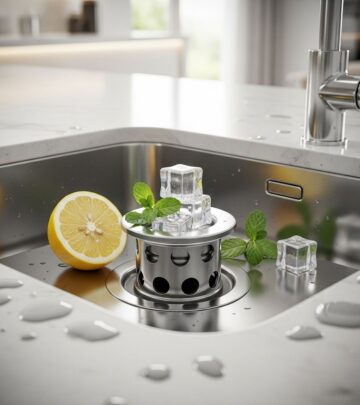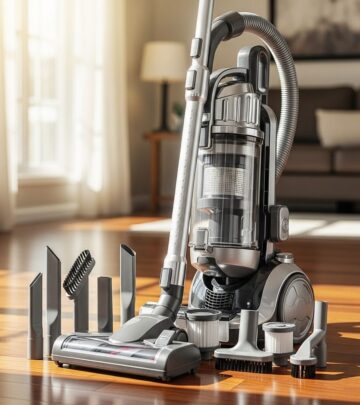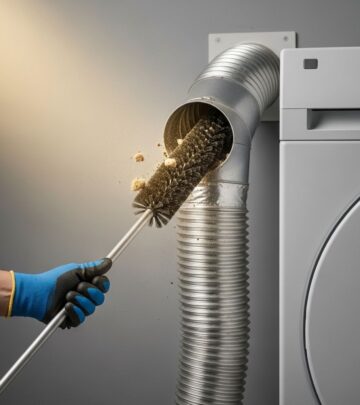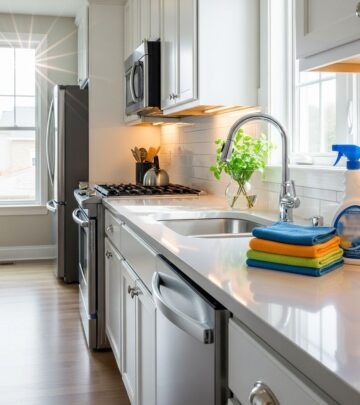Basement Waterproofing Complete Guide To Keep Your Basement Dry
Prevent moisture damage and create a dry, healthy living space with proven waterproofing techniques
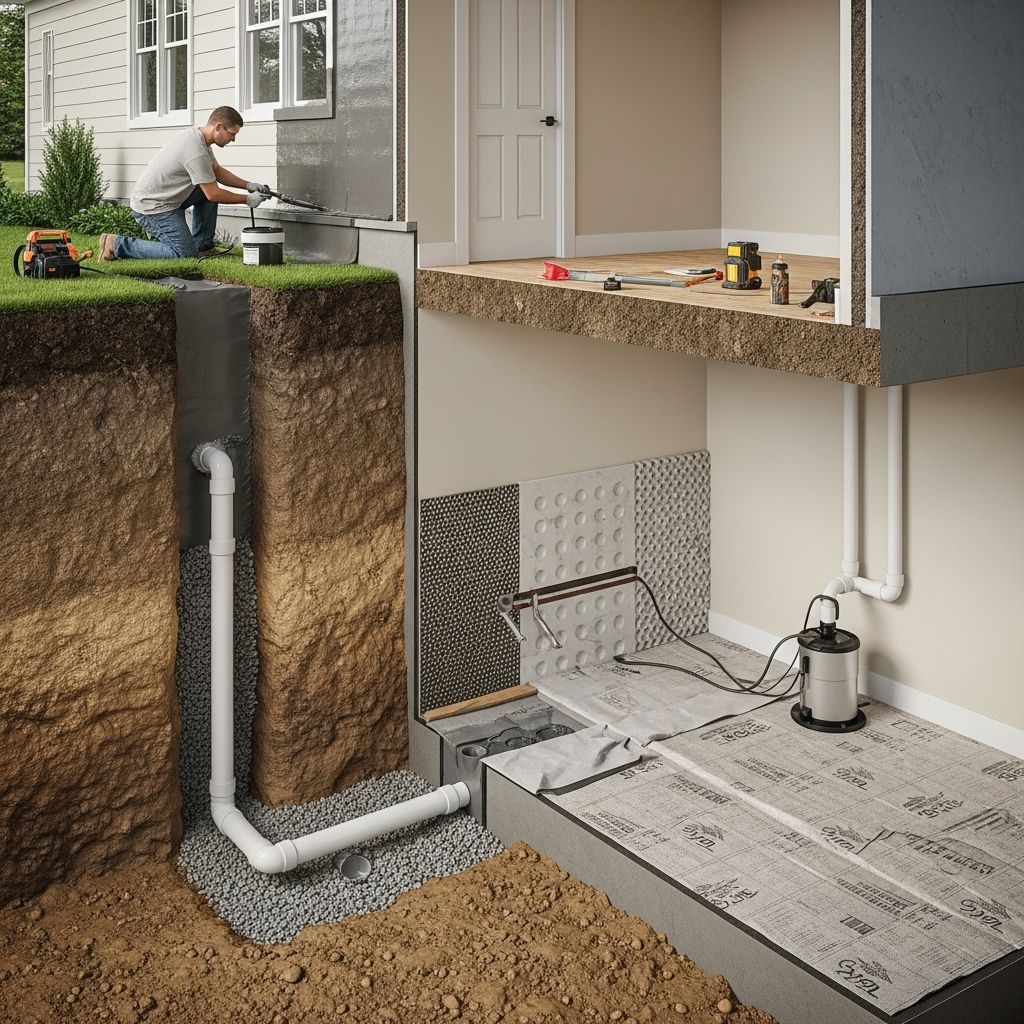
Image: HearthJunction Design Team
Complete Guide to Waterproofing Your Basement
A dry basement is essential for maintaining your home’s structural integrity and creating a healthy living environment. Water infiltration can lead to serious problems like mold growth, rotting wood, and even foundation damage. This comprehensive guide will walk you through effective basement waterproofing techniques, helping you identify moisture issues and implement lasting solutions.
Understanding Basement Moisture Problems
Before diving into waterproofing solutions, it’s important to understand the common causes of basement moisture. Water typically enters basements through cracks in the foundation, poorly sealed windows and doors, or due to improper drainage around your home’s perimeter.
Signs of moisture problems include:
- Visible water pooling on the floor
- Damp or wet walls
- Musty odors
- Mold or mildew growth
- Efflorescence (white, powdery mineral deposits on walls)
- Peeling paint or wallpaper
- Warped or damaged wood
Types of Basement Waterproofing
There are two main approaches to basement waterproofing: interior and exterior methods. Each has its advantages and is suited to different situations.
Exterior Waterproofing
Exterior waterproofing involves addressing water problems at their source, preventing water from reaching your foundation walls in the first place. This method is typically more effective as a long-term solution but requires excavation around your foundation, making it more labor-intensive and expensive.
Professional exterior waterproofing typically includes:
- Excavating around the foundation down to the footing
- Repairing cracks in the foundation wall
- Applying waterproof membranes or coatings to exterior foundation walls
- Installing a drainage system around the foundation perimeter
- Proper backfilling with gravel and soil
Interior Waterproofing
Interior waterproofing focuses on managing water that has already entered your basement and preventing further intrusion. These methods are generally more accessible for DIY projects and less expensive than exterior waterproofing.
Common interior waterproofing techniques include:
- Sealing cracks and holes
- Applying waterproof coatings to interior walls
- Installing interior drainage systems
- Using dehumidifiers to control moisture levels
- Installing a sump pump system
DIY Basement Waterproofing: Step by Step
While some waterproofing tasks require professional expertise, many effective measures can be implemented by homeowners. Here’s a comprehensive guide to DIY basement waterproofing:
1. Plugging Holes and Cracks
Cracks in your basement walls and floors provide direct pathways for water to enter. Addressing these openings is the first step in any waterproofing project:
- Begin by thoroughly cleaning the crack area with a wire brush to remove loose debris and dust.
- For small cracks (1/4 inch or less), apply a high-quality silicone caulk designed for concrete applications.
- For larger cracks or gaps in concrete floors or walls, use hydraulic cement. This special cement expands as it cures, creating a watertight seal that can move with the concrete during temperature fluctuations.
- Allow all sealants to cure completely according to manufacturer instructions before proceeding with additional waterproofing steps.
2. Applying Waterproof Masonry Cement
After sealing individual cracks, applying a waterproof masonry coating to your basement walls provides an additional layer of protection:
- Clean the walls thoroughly to remove any dirt, dust, or efflorescence.
- If the walls have been previously painted, remove the paint completely as masonry sealers need to penetrate the concrete to be effective.
- Apply silicate-based concrete sealers (like those from Drylok) using a brush or roller, working the product into the surface.
- Apply at least two coats, allowing proper drying time between applications as specified by the manufacturer.
- Pay special attention to corners and the junction between walls and floors, as these areas are particularly prone to leakage.
3. Resealing Windows, Doors, and Utility Penetrations
Windows, doors, and pipe penetrations are common points of water entry in basements:
- Inspect the areas around basement windows and doors for gaps or deteriorated caulking.
- Remove old, cracked caulk and apply fresh silicone caulk or expanding foam insulation to seal gaps.
- Pay special attention to window wells around egress windows, as runoff can collect in these areas.
- Seal around all utility penetrations where pipes, ducts, or electrical conduits enter your basement through foundation walls.
- Check corners and transitions between different materials for potential leakage points.
4. Improving Exterior Drainage
Proper water management around your home’s exterior is crucial for keeping your basement dry:
- Extend downspouts to direct water at least 6-10 feet away from your foundation.
- Consider installing flexible extensions or underground drainage pipes connected to your downspouts.
- Install a drywell at the end of drainage pipes to collect and disperse rainwater safely away from your home.
- Ensure the soil around your foundation slopes away from the house at a grade of at least 1 inch per foot for 6-8 feet.
5. Installing an Interior Drainage System
For basements with persistent water issues, an interior drainage system can be an effective solution:
- Install a drainage channel along the perimeter of your basement floor, just inside the foundation walls.
- Connect this channel to a sump pit equipped with a reliable sump pump.
- Ensure the sump pump discharges water well away from your foundation.
- Consider a battery backup system for your sump pump to maintain protection during power outages.
When to Call Professional Waterproofers
While many waterproofing tasks can be handled by homeowners, certain situations call for professional intervention:
- Significant structural cracks in foundation walls
- Severe or persistent flooding
- Signs of foundation settlement or movement
- Need for exterior waterproofing requiring excavation
- Installation of complex drainage systems
- Mold remediation covering large areas
Professional waterproofers have specialized equipment, expertise, and access to commercial-grade materials that may provide more robust, long-lasting solutions for serious water problems.
Maintaining a Dry Basement
Once you’ve implemented waterproofing measures, ongoing maintenance is essential:
- Regularly clean gutters and downspouts to ensure proper water flow away from your foundation.
- Inspect waterproofing seals and reapply as needed, typically every 3-5 years.
- Monitor humidity levels and use dehumidifiers during humid months to maintain optimal conditions.
- Test sump pumps regularly to ensure they’re functioning properly.
- Check window wells for debris accumulation and proper drainage.
- Maintain proper grading around your home’s perimeter.
Cost Considerations
Basement waterproofing costs vary widely depending on the methods used and the severity of the water issues:
| Waterproofing Method | DIY Cost Range | Professional Cost Range |
|---|---|---|
| Crack sealing | $20-$200 | $300-$800 |
| Interior waterproof coating | $100-$300 | $500-$1,500 |
| Interior drainage system | $700-$1,500 | $2,000-$6,000 |
| Sump pump installation | $150-$400 | $800-$1,500 |
| Exterior waterproofing | Not recommended for DIY | $8,000-$15,000+ |
While DIY approaches can save money, it’s important to weigh the long-term effectiveness of professional solutions against initial cost savings, particularly for serious or recurring water problems.
Frequently Asked Questions
Q: How can I tell if my basement humidity is too high?
A: Ideal basement humidity should be between 30-50%. Signs of excessive humidity include condensation on cold surfaces, musty odors, and mold growth. Using a hygrometer can help you monitor humidity levels accurately.
Q: Is waterproofing paint effective for basement walls?
A: Waterproofing paint can be effective for minor moisture issues but isn’t a solution for active water leaks or significant hydrostatic pressure. It works best as part of a comprehensive waterproofing strategy rather than as a standalone solution.
Q: How often should I test my sump pump?
A: Test your sump pump at least quarterly and before rainy seasons. Testing involves pouring water into the sump pit to ensure the pump activates properly and discharges water as intended.
Q: Can I waterproof my basement in winter?
A: Interior waterproofing can be done year-round, but exterior waterproofing is best performed during warmer months when the ground isn’t frozen. Some sealants and coatings also require minimum temperature conditions to cure properly.
Q: Will homeowners insurance cover basement water damage?
A: Standard homeowners insurance typically covers sudden water damage (like a burst pipe) but not seepage or flooding from external sources. Separate flood insurance may be necessary for comprehensive coverage.
Conclusion
Effective basement waterproofing is a valuable investment that protects your home from structural damage, prevents mold growth, and creates a healthier living environment. By understanding the sources of moisture problems and implementing appropriate solutions—whether DIY or professional—you can maintain a dry, functional basement that adds value to your home.
Remember that the best approach often combines multiple waterproofing strategies, addressing both interior symptoms and exterior causes of water infiltration. Regular maintenance of these systems will ensure your basement remains dry for years to come.
References
- https://www.thisoldhouse.com/basements/21097119/basement-waterproofing-tips
- https://www.thisoldhouse.com/foundations/reviews/how-to-waterproof-a-basement
- https://www.youtube.com/watch?v=6Q6go57ySqs
- https://www.youtube.com/watch?v=IJtZum-sY8s
- https://www.thisoldhouse.com/basements/21016904/how-to-waterproof-a-basement
Read full bio of Anjali Sayee

